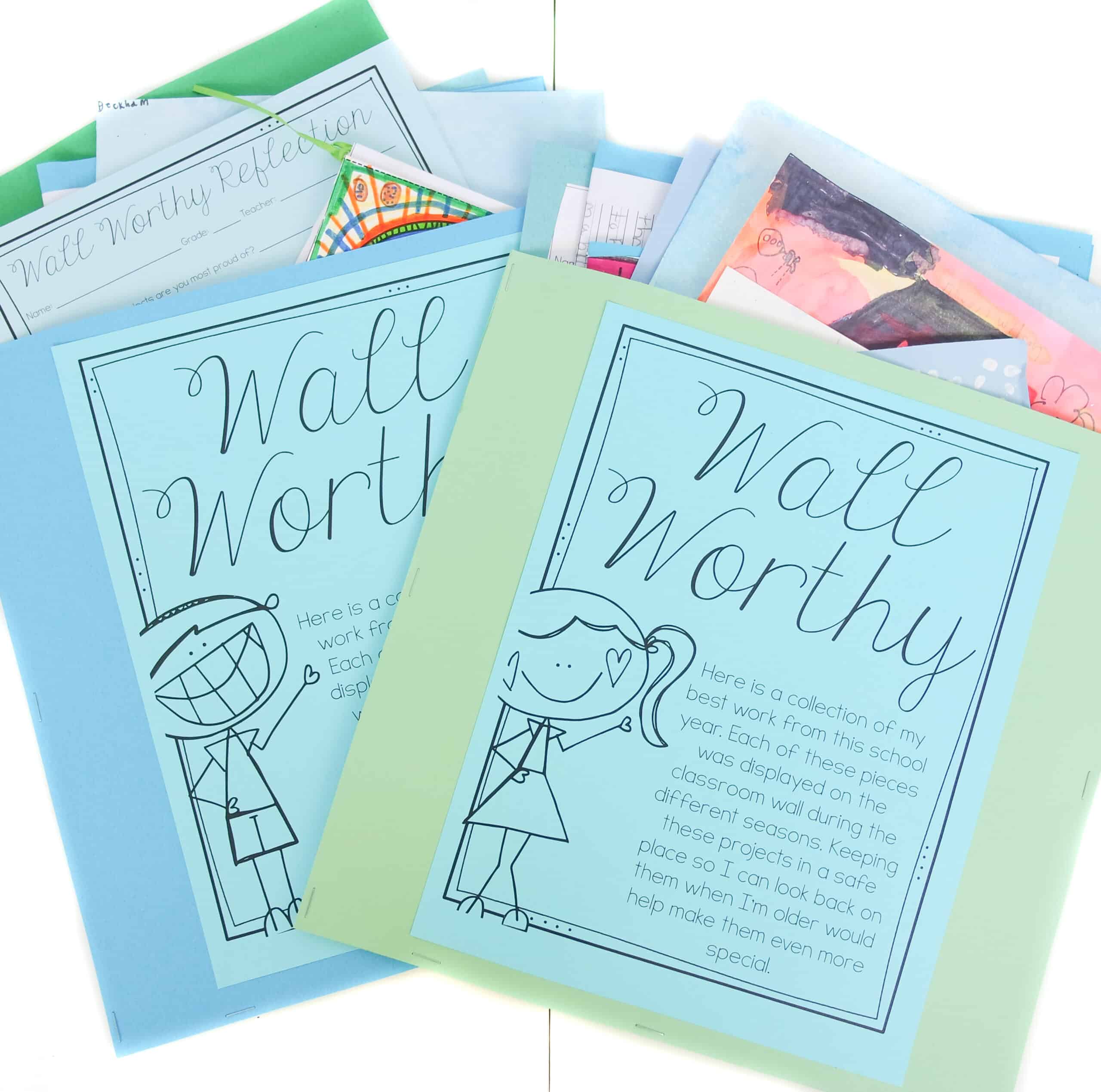Last year, I decided to do a technology makeover on my daily Reader’s Workshop. My favorite part of this makeover was a wonderful app/website called Lino. The moment I saw it, I fell in love with the attractive interface and amazing ability to organize ideas. Rather than using this app for it’s actual purpose (as a digital bulletin board) I decided to use it for my class reading “blog”.
Earlier in the year, I had tinkered with the idea of reader blogs because of their undeniable power in getting students motivated to write about their reading. Rather than simply recording thoughts in a notebook mostly seen by their teacher, a reading blog allows students to publish their thoughts for their peer audience and get feedback. Unfortunately, our school’s wireless network was not supportive of so many students connecting to one Blogger account simultaneously and my reading blog dreams came crashing down.
I was crushed…and then the beautiful colors and adorable sticky notes of
Lino entered my life!
Here is a little peek of how this tool has transformed reading responses and boosted comprehension in my classroom.
All of my students use the same username and password so that all of their ideas can be collected in one account and it is easier for me to review everyone’s blog posts.
Students are a part of one of my four reading groups depending on their greatest area of need. Each group has a page within our account where questions unique to their reading needs are posted.

When students click on their group page, they see multiple canvases named by date. This helps keep everything organized from week to week and makes it easier for me to find the most recent posts from students. This also allows the students to revisit older canvases and posts whenever needed.
Here is an overview of what a canvas looks like after students have blogged and I have conferred with them about their response and given them a grade.
I have a collection of several Read and Respond questions (more on this later) that I use for student reading blogs. These questions reside on individual stickies and are always tagged with my name and a question mark so students can find the questions quickly once several posts are added to a canvas.
Our rubric from blog posts is always pinned to the top of each canvas so that students can double check that their post is written with quality and well-deserving of a strong score.
Here is a closer look a a graded post. It is easy to determine who has written each post because students tag their name in the bottom corner.
Once a post is graded, I duplicate it and add it to the student’s archive (an additional canvas for each student that is label with their name). The archive is a great resource for parent teacher conferences and report card data.
The day I incorporated
Lino into my reader’s workshop routine, student motivation to write quality responses to comprehension questions has skyrocketed and they have grown a great deal in their ability to read more complex texts as a result. Needless to say…I’m a fan!
Do you use student reading blogs in your classroom? Share your ideas below.


5 Responses
Great ideas, Laura. Great way to get kids engaged in reading. What a fun way to check comprehension and get kids writing at the same time.
Thanks Mary Fran!
Thank you for sharing. I am so excited to try this. I was wondering how the students find out about their grade without everyone else in the class seeing everyone's grades.
Glad you like the idea! The grades are not kept confidential on the reading blogs using the method I've outlined. If you wanted to keep things confidential, I would recommend making a record sheet (perhaps the kids could store them in a journal where they keep their paper and en responses). You could use that to record the score each time you conference with a child so they have a record. I prefer to sacrifice the confidentiality in this case because the kids can look back and see the grade next to the writing and plan for growth/improvement as needed. I think it also inspires them to go the extra mile because they know their work is viewed an assessed by a wider audience than just the teacher. I find the quality of writing is much higher when they have this in mind.
Good job mate 😉